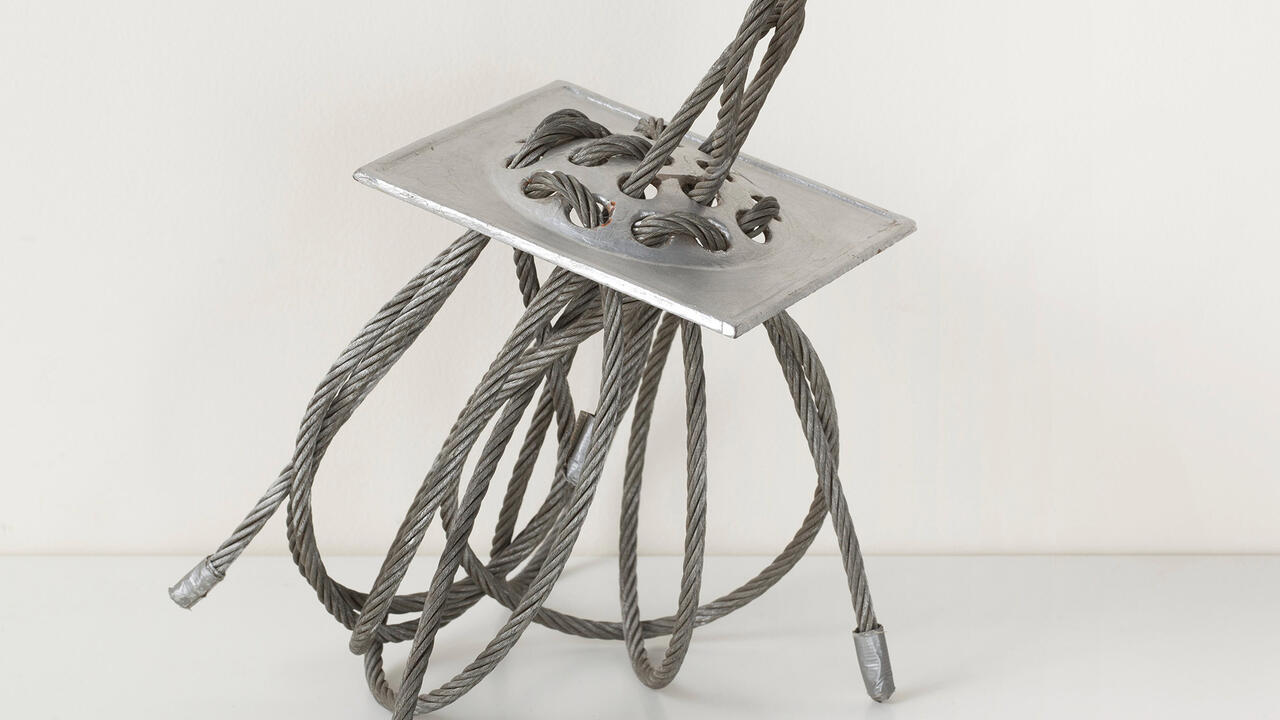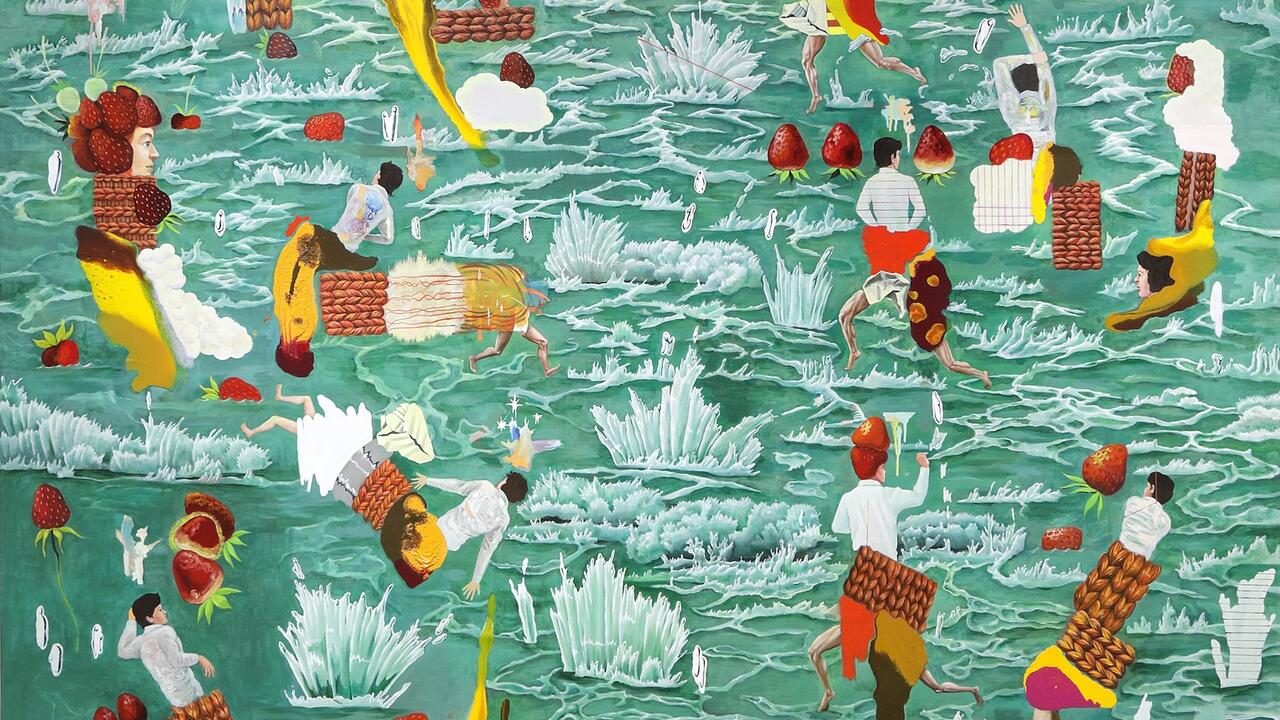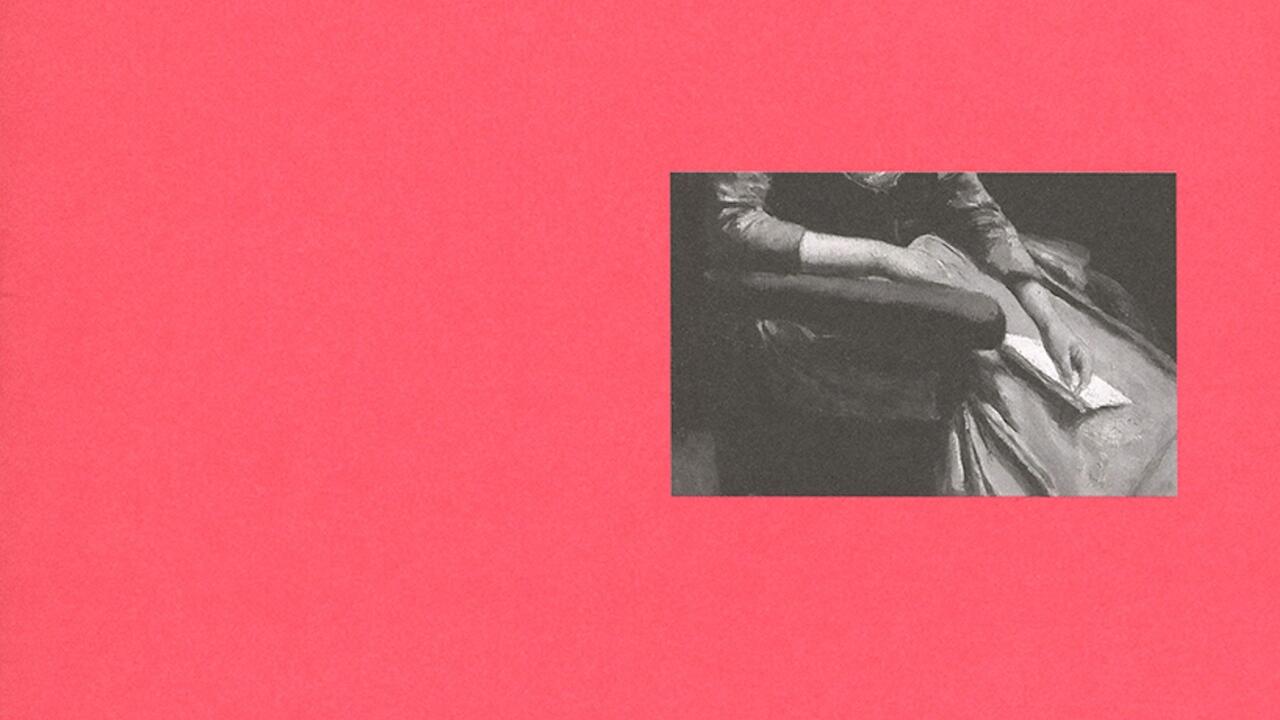British Artist Alastair Mackinven Has Died Aged 53
For years, the mesmeric painter and performer defied categorization before becoming known for his ethereal canvases
For years, the mesmeric painter and performer defied categorization before becoming known for his ethereal canvases

Alastair Mackinven, the mesmeric British painter and performer, has died aged 53 after a long illness.
Born in Clatterbridge, UK, in 1971, Mackinven studied at the Alberta College of Art in Calgary, Canada, and Goldsmiths in London. He first attracted attention as an enigmatic performer, before becoming more widely known as a painter.

His early performances were intense, durational artworks – often filmed – that focused attention on the artist’s body and the attention it receives. In a 2007 performance at the ICA London, ‘All Things You Could Be By Now If Robert Smithson’s Wife Was Your Mother’, Mackinven stripped naked and shovelled 14 tonnes of dirt, restaging Nancy Holt’s Star Crossed from 1979. A year later, he super-glued his hand to a handrail at Camden Arts Centre to see how long it would take for someone to help him. In the 1990s and early 2000s, he also played guitar in the punk Scotland-based band, the Country Teasers, which recorded its final album in 2006.
By the 2010s, Mackinven’s practice shifted towards painting as he began to reject the ‘Neo-Conceptual dogma’, as he told Frontrunner in 2020, of his education at Goldsmiths. But he retained some of the sly punkish humour in his approach to the canvas, even as his paintings became more dreamlike and ethereal. Reflecting on his use of iron powder, he remarked that the material provided him with a handy syllogism as an artist. ‘Painting is old, old things are rusty, therefore painting is rusty.’

Mackinven garnered greater acclaim when he began showing at Reena Spaulings in 2017 and Maureen Paley in 2019. By then, his works were deeply engaged with symbolism, evoking the visionary movements of 19th century British and European art. In 2021, he wrote, ‘I am conscious that I paint in England making me an English painter, therefore for the language of my paintings is English as I am born in of this country.’ He specifically cited J.M.W. Turner as an inspiration.
Writing for Artforum, Barry Schwabsky highlighted the abstract element of Mackinven’s alluring works: ‘These chromatic polymorphous compounds are enormously satisfying, and one comes to wonder whether the paintings’ impenetrable encounters are meant simply to redirect viewers to the nonrepresentational – to send them the long way around, but giving them so much to observe along the way.’

His final solo exhibition, a series of untitled figurative paintings, was held at Maureen Paley in 2022. These hypnotic works – representative of the ethereal paintings of his later years – were extraordinary summations of a practice which began in relative obscurity and ultimately attracted such a loyal following, in Britain and abroad.
As he told Adam Lehrer in 2021, Mackinven rejected the neat categorizations into which painting is often fitted by critics, saying that it was ‘essential to the understanding of painting to see it as a deep space formed by a visionary no.’ He continued: ‘I imagine one could define this as transcendental, or attach words like beauty […] Yes, I make beautiful paintings.’
Main image: Alastair Mackinven, Untitled (detail), 2015–2020, oil and iron powder on canvas, 220 × 320 cm. Courtesy: © Alastair Mackinven and Maureen Paley, London























